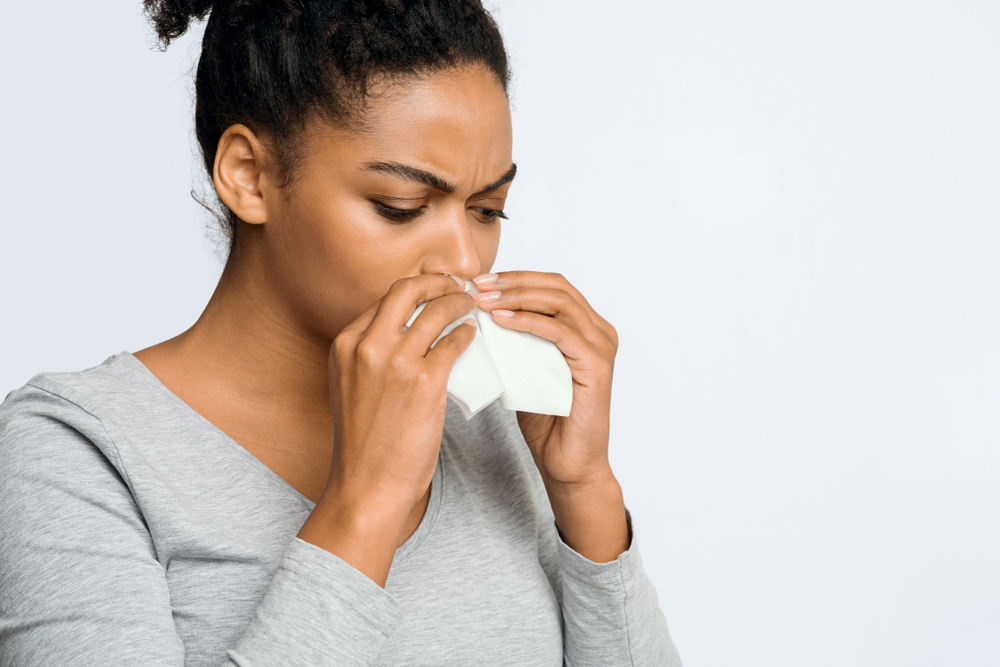Recovering from a cold may seem straightforward, but the process is more complex than simply feeling better. While symptoms like congestion, fatigue, and coughing may ease, your body still requires time to fully heal. Understanding the signs of complete recovery can help you prevent lingering discomfort and avoid relapses.
Recognizing the progression of cold recovery
Cold recovery happens in phases. The first few days of a cold are typically marked by a sore throat, runny nose, and sneezing. As the infection progresses, congestion, coughing, and fatigue take center stage. The peak of symptoms usually occurs around days three to five, followed by a gradual decline in severity.
Recovery does not happen overnight. Even as symptoms improve, the immune system continues fighting off residual traces of the virus. The duration of a cold generally spans 7 to 10 days, but certain lingering effects can extend beyond this period. Recognizing these phases allows for better management of symptoms and prevents premature return to daily activities.
Key indicators that signal recovery
Breathing becomes easier as nasal congestion clears. A stuffy nose is often one of the last symptoms to resolve, but when airways open up without the aid of decongestants, it is a sign of improvement.
Coughing becomes less frequent as throat irritation subsides. Post-viral coughs can linger for weeks, but they should gradually decrease in intensity and frequency. If a dry or productive cough persists beyond four weeks, other respiratory issues may be at play.
Energy levels return to normal after a period of fatigue. A cold often leaves the body feeling drained, but an increase in stamina and motivation signals that the immune system has finished its primary battle.
Appetite improves as congestion and throat discomfort fade. The loss of smell and taste during a cold can suppress hunger, but as sensory functions return, normal eating patterns should follow.
Sleep quality improves as nighttime coughing and congestion diminish. A clear airway and reduced irritation allow for uninterrupted rest, which further aids recovery.
Managing lingering symptoms
A post-viral cough may last longer than other symptoms. The throat remains sensitive after a cold, leading to occasional coughing fits. Drinking warm fluids and using throat lozenges can provide relief.
Residual fatigue is common even after other symptoms fade. Restoring normal energy levels may take several days, especially if the cold was severe. Prioritizing sleep and proper nutrition speeds up recovery.
Sinus congestion can persist, especially in individuals prone to allergies or sinus infections. Using saline nasal sprays and steam inhalation can help clear remaining blockages.
Mild throat irritation may continue, particularly after excessive coughing. Drinking warm tea with honey and avoiding irritants like smoke can aid recovery.
Preventing relapses during recovery
Rest and hydration remain essential even after major symptoms resolve. Resuming a busy schedule too soon can weaken the immune system, making reinfection more likely.
Hand hygiene helps prevent exposure to new viruses. Washing hands regularly and avoiding contact with sick individuals minimizes the risk of getting another cold.
A balanced diet supports immune function by providing essential nutrients. Eating fruits, vegetables, and protein-rich foods strengthens the body’s defenses.
Gradual reintegration into daily activities allows the body to adjust without strain. Exercising too soon or skipping rest can prolong recovery.
When to seek medical attention
Certain symptoms require further evaluation. While most colds resolve without complications, prolonged or worsening symptoms may indicate another underlying issue. Seeking medical advice is necessary if:
- Symptoms persist beyond two weeks
- A high fever develops
- Shortness of breath or chest pain occurs
- Severe sinus pain or swelling arises
- Coughing produces thick or discolored mucus
Final thoughts on the recovery process
Recovering from a cold is not just about symptom relief. The immune system continues working long after the worst symptoms fade, ensuring full recovery. Paying attention to lingering signs and prioritizing self-care can prevent relapses and strengthen long-term immunity. Understanding the stages of cold recovery helps individuals navigate the process with confidence, making the return to full health smoother and more sustainable.

















